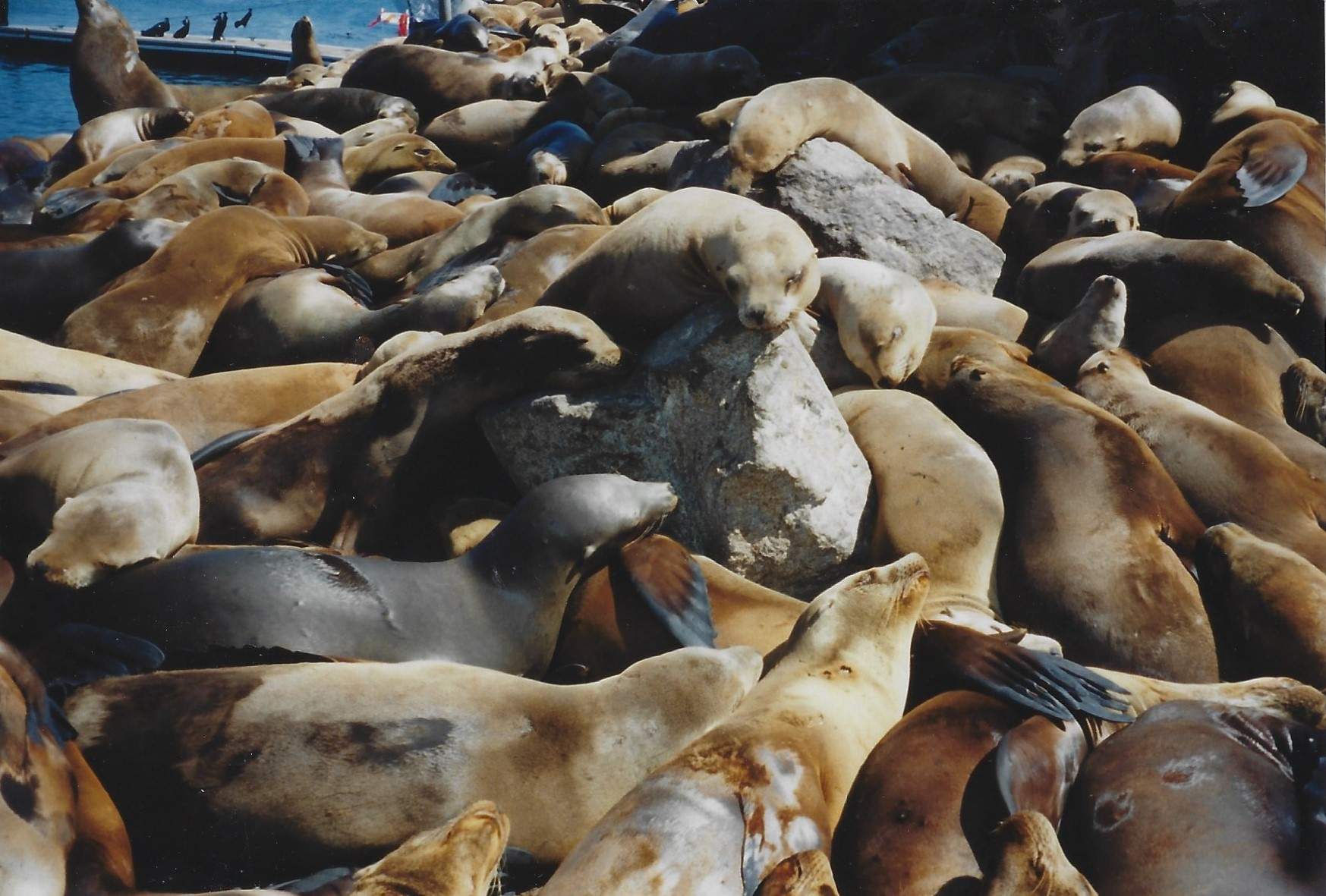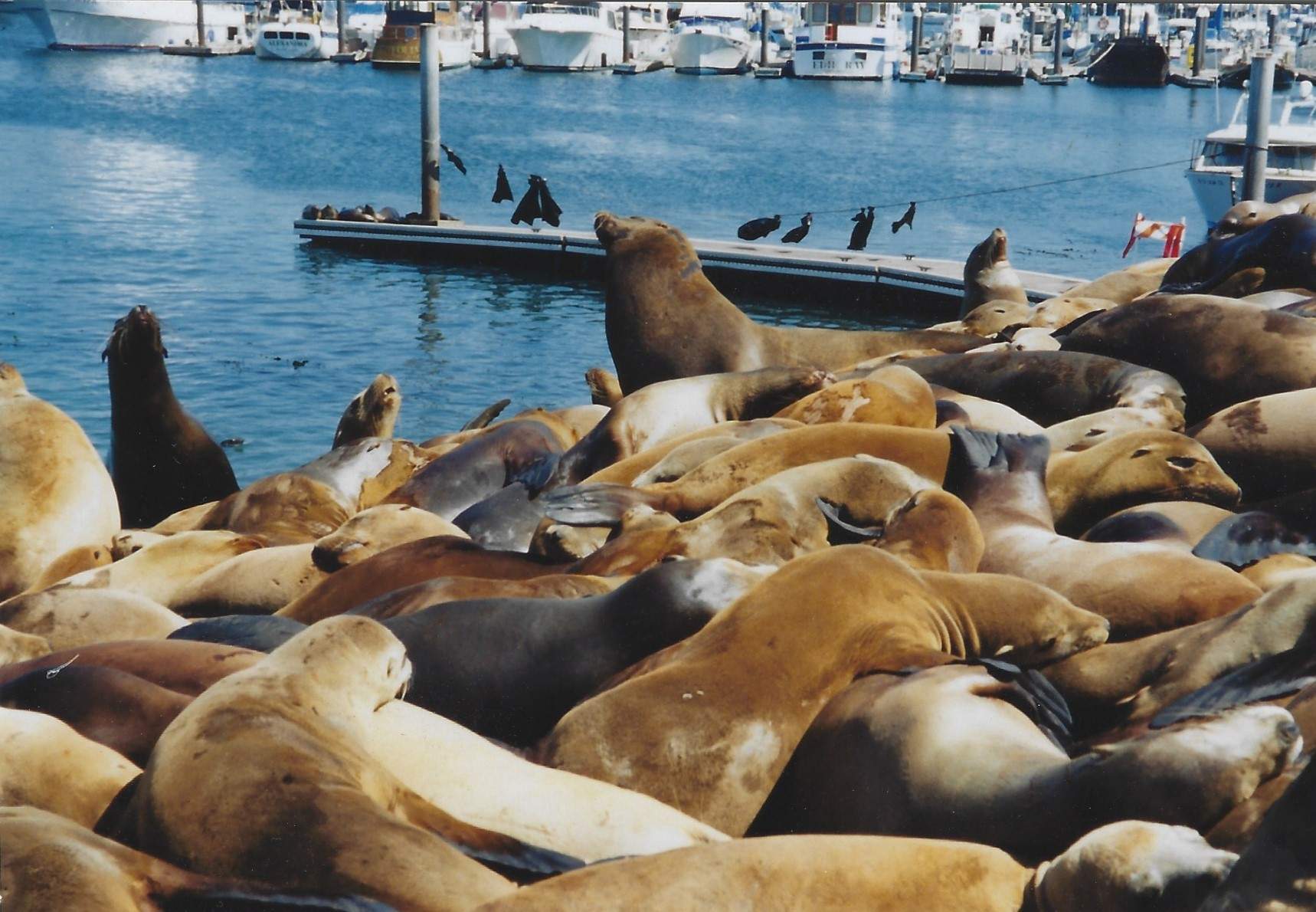Concertgoing – part X, XI | Listenings by Jason Weiss
The latest concert, two nights ago. What, even, to call the music? If that matters. It wasn’t jazz, or punk, or traditional music. And yet, more than threads of all these in what the two Indonesian musicians of the band Senyawa were doing.
I’d never heard of them until last month when my friend Michael in Brisbane, Australia sent me something about the group in an email. He had noticed they were going to play in New York—their first concert here, the singer told the audience late in their set—the other night at the Bridget Donahue gallery down on Bowery below Grand. I’d never been there, and the only information online, besides the address, was the names of the two bands and a link for buying tickets; which I did, not expensive, just for me.
Concertgoing 10: Senyawa
I had listened to some of their music online at the Free Music Archive and was intrigued by the musical space they seemed to be coming from: ardent experimentalists out of a strong traditional culture. Granted, Indonesia is a very big country and most of what I’d heard was gamelan music, while they had nothing of a gamelan sound, except perhaps obliquely in the rhythmic attack sometimes and in the sole instrumentalist’s sound palette, above all because his instrument had a regional tonality, made of bamboo. Michael did warn me they can get pretty loud and also that I might not like them, which wasn’t a problem.
The whole adventure, for me, was against the odds. With the current heat wave and high humidity, I do not venture out much. As mentioned, I do not go to hear music in Manhattan very often, when I’ve got so many choices in Brooklyn (and that’s without even going as far as Williamsburg, which is a similar distance as lower Manhattan from where I live). Compounded with those factors was the discovery that the other group, the two-woman band I. U. D., was of a punkish bent—I never much cared for punk rock. So, why was I going? Why was I bothering to take the subway four stops on a hot steamy night just to be uncomfortable at the other end? Stubbornness, musical curiosity, the challenge of obstacles, who knows. Because I didn’t know anything about the seating, or whether the place would be crowded, and because the reliability of the subway can be quite unpredictable (at night, in summer), I left the house an hour before the scheduled start of the concert. But since the train came within minutes, I arrived at the gallery exceedingly early, at 7:30. The tall young fellow by the door handed me my wristband, and when I uselessly remarked there were no chairs, he chirped it’s punk, it’ll be hot. As if to further induce an internal grimace, seeing how bare the space looked I asked if there had been much response. Oh yeah, he said, it’s going to be full. The gallery was an empty loft, one flight up, what looked like the entire floor, probably 1,500 square feet at least. He also told me that I. U. D. was going first and starting a bit late.
Would I last? Every few minutes I reminded myself I could leave anytime. I dreaded the prospect of music that was painfully loud and hardly seemed like music while being surrounded by a crowd dancing like out of a mental ward. But the few people hanging about in back or up front hardly looked the part, and the band setup in the stage area was two electric drum kits with some electronics boxes in between plus two mikes and flanked by two midsize speakers. Nothing I couldn’t endure for a couple of hours, I hoped. Halfway toward the stage I sat on the floor against the wall and busied myself with copyediting work for the next forty minutes, finishing shortly before the music began, as the audience trickled in and gradually filled the entire space, about two hundred people. I kept telling myself I could leave after the editing was done, just mosey on out as if I were going to smoke a cigarette—but I stayed right where I was in what had become a precious spot, my perch against the wall. I noticed possibly two or three people my age, but most were not much past half that, in their twenties and thirties. And then at last the din of the crowd subsided and the concert started.
From about where I was seated and right up to the stage area, everyone sat on the floor; behind me, a mass of people stood all the way back to the door. At any lull in the music, the din from the back of the crowd continued unabated, which I didn’t understand. What were all these people doing here, I wondered, and who did they come to see? How did they know about the event? Was it because Senyawa had played at the WFMU studio in Jersey City the night before? Since when were Indonesian experimental musicians the cool thing to come out for here? Or was I. U. D. some kind of underground sensation? I wouldn’t know from the music. The two women banged on their electric drum pads with varying degrees of enthusiasm, but they did reach a genuine thrashing intensity, and that along with the singer’s extended screaming of words I couldn’t fathom convinced me of their quasi-punk credentials, but I really didn’t know what that meant now in music other than an esthetic choice (echoed by the T-shirt displayed on a rack onstage, with a crude drawing of a face and written under it the words Bad Sex). The electronics boxes did I don’t know what, something, not really noteworthy, and there was also some looping in the vocal, that was fun for a moment. The singer often used both mikes—maybe one had the looping—and between getting worked up and banging on the drums, her headscarf soon unraveled and her long hair got loose. Mercifully, nobody started dancing in that tight space, nor standing in front of me either, and the band was kind enough to end their set in little more than half an hour. Finding myself still there in the spot against the wall where I first sat down, I knew I wasn’t going anywhere. Even if the air felt too close, and the din of everyone talking again was oppressive, the band I came to see was about to go on. The drum kits and consoles were removed from the scene; only the mikes remained.
Without fanfare, the two musicians of Senyawa came out. The singer, a bandana over his head, appeared to be wearing an open leather jacket over his bare chest. The instrumentalist, long dark hair, was wearing a WFMU T-shirt I recognized because I bought one in the last fundraising drive. His instrument was an ongoing puzzle to me, since it looked like a valiha from Madagascar, way at the opposite end of the Indian Ocean seven thousand miles away. Over a length of bamboo, its strings were strung like a harp rolled up on itself, except this instrument was electric and most of the time he didn’t play it quite like a valiha. If it was an Indonesian instrument, I do not know what a traditional approach would be. This gentleman did indeed pluck the strings sometimes, with all his fingers, but more often he strummed furiously with a pick, or else bowed the strings, which could build a nice wall of sound. He too made use of a looping device occasionally. The singer, agile and expressive, often gestured as he sang, arms hunched up like a monkey, stalking his song like a rock star. He could really wail when he wanted, or reach the low guttural sounds of throat singers, and then suddenly he was up in the soprano register with the most delicate of lines. So, some punkishness flashed in and out of their music as well, while I also thought intermittently of Phil Minton with his vocal acrobatics often improvised, as this singer really commanded an incredible range. You could see the sweat glistening on his skin. There were a lot of heads nodding along to the sympathetic wildness of the duo, and I wondered if, shall we say, most of the crowd had ever heard such sounds in their life. For my own account, I could not tell in listening how much had been worked out and how much was freely improvised. If their pieces were based in song form, I could make no sense of it. After three-quarters of an hour their music had increased its mystery for me, and feeling my mission for the night fulfilled I got up before they started what was likely their last piece and threaded my way out through the thick crowd to the slightly cooler air on Bowery as I made my way down to Canal Street and over to the Q train.

Concertgoing 11: Audience of One
One night last month I went to a new house concert series in my neighborhood, and ended up after all these years having a new experience. Sooner or later, it had to happen: I was the only member of the audience; the audience was me. The situation was explained in part by certain mitigating factors, but still it was a little disconcerting to be the only person clapping after each piece. There was a duo playing, all improvised, woodwinds and strings; more specifically, bass clarinet, clarinet, shakuhachi alongside guitar or bouzouki. The reed player I knew a bit, around my age, played all over the world; his email blast was how I learned of the event. The guitarist lived there, barely, having rented the apartment only recently because of its proximity to Downstate Hospital where he had been appointed head of the psychiatry department. His wife and teenage kids had not yet moved from DC, so he gathered two sofas and an armchair in rows for the performance. I don’t know how he had spread the word, but a geneticist friend of his showed up for the final piece, having gotten lost along the way. I was additionally curious because I had never met anyone who lived on that broad avenue which I knew solely as my closest route for driving to JFK airport, a road that always had traffic and plenty of double-parked cars. This was the first night of presenting music there, and he had apparently scheduled another such evening a week or so later. They played for an hour. The two instruments blended well in that small living room, like ivy over the bare walls. Sitting there as the person they were playing for, in a sense, I recognized my responsibility. For once, the luxury of anonymity was not an option. To the two musicians facing me, my role was integral to the equation. As one of them put it to me afterwards, my being there made it a concert.
Photo caption: Sea lions, Monterey, California, ca. 2005. (I cannot say with complete certainty that it was taken in Monterey, but probably, and the year isn’t sure either, but somewhere in there.)
Concertgoing 10 previously appeared bilingually in the French online journal Le Ventre et l’Oreille, in 2022.
Concertgoing – part VIII, IX | Listenings by Jason Weiss




